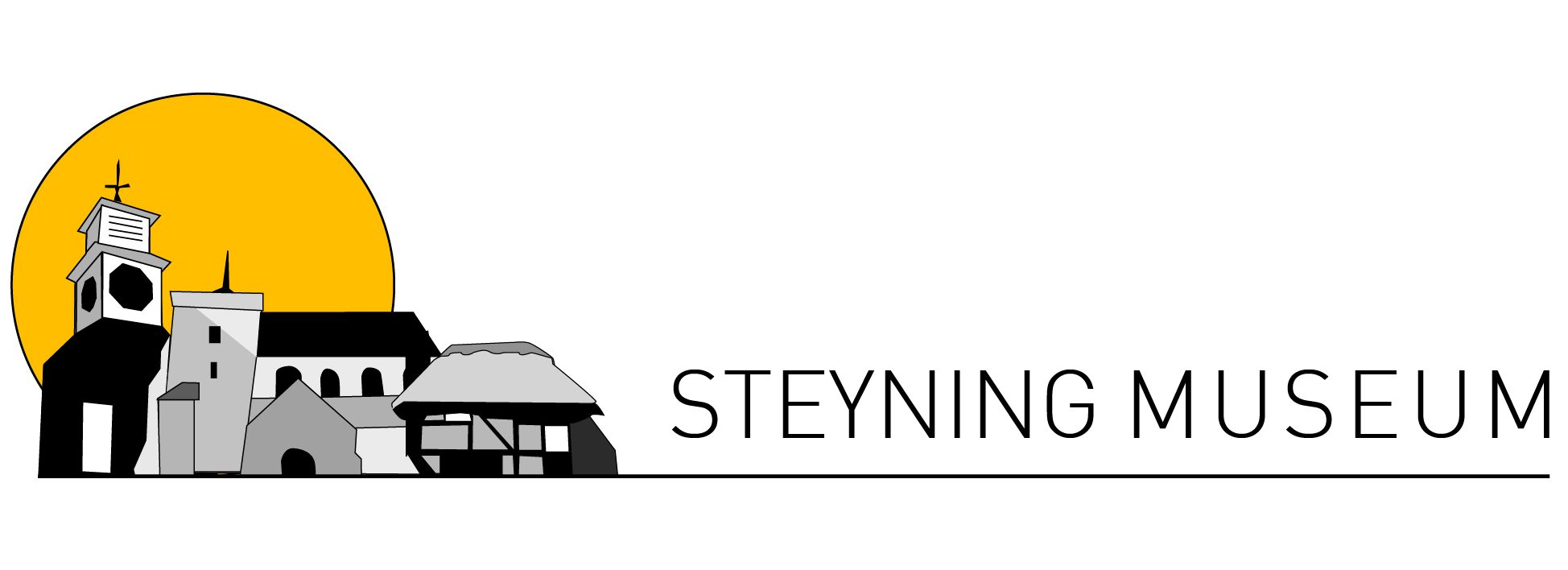Married at Steyning on June 25th, 1891
A selection of views and reports of the event
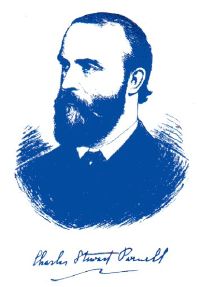
Charles Stewart Parnell was the son of a Protestant Irish landowner and his American wife. Influenced by his mother’s political views, Parnell was elected as a Member of Parliament for County Meath in 1875, representing the Home Rule League.
At Westminster, he used tactics which outraged English MPs but gave Irish politics a voice which nobody could ignore. His obstinate intervention in parliamentary proceedings brought government to the point of collapse unless it was prepared to bargain for his co-operation.
The eviction of tenant farmers in Ireland due to crop failure, plus the devastating impact of famine and poverty, prompted Parnell to form the Irish National Land League with Michael Davitt. In 1880, Gladstone’s Liberal government responded to the Irish crisis with brutal measures. Repression only prompted rebellion and support for Parnell began to unite Irish people as never before. In this same year Parnell became the leader of his party, met the English wife of Captain William O’Shea and fell in love.
In 1881 Parnell was imprisoned in Kilmainham jail. He was accused of masterminding the land agitation in Ireland but he had by this time become a national hero and the unrest in Ireland increased. On May 2nd, 1882 the Land War was brought to an end with the ‘Kilmainham Treaty’ and Parnell was released. Parnell’s shrewd manipulation of English politics won several advantageous Irish Land Act concessions. In the elections of 1885 Parnell’s party gained 85 seats, a run away success which enabled him, now holding the balance of power, to seize the initiative at Westminster. At last, an Irish Home Rule Bill was under serious debate.
In 1890, when the achievement of Parnell’s political dreams seemed within sight, Captain O’Shea sued for divorce. Parnell had been living near London in Eltham with Mrs O’Shea, supported by her rich aunt. Three of Katherine’s children were fathered by her lover. Captain O’Shea had benefited from his wife’s ‘hush money’ but when the aunt died and left Katherine a large fortune, Captain O’Shea demanded more than his wife could pay. The will was being contested by Katherine’s relatives. O’Shea carried out his threat to make matters public in the divorce courts and the inevitable scandal erupted. Both churches of Ireland, which had lost their political pre-eminence with the rise of Parnell, poured scorn on him and his shameless ‘Kitty’ (then a colloquial term for prostitute and not her familiar name).
Parnell’s party, now the Irish Parliamentary Party, the Home Rule cause and Irish political unity were shattered. He campaigned doggedly to retrieve lost ground, attracting violence and abuse wherever he appeared. Having married Katherine in Steyning on June 25, 1891, Parnell died on October 6th of the same year at the age of only 45. Remarkably, Prime Minister Gladstone had become a convert to Irish Home Rule but the moment had passed. His 1893 Irish Home Rule Bill was defeated.
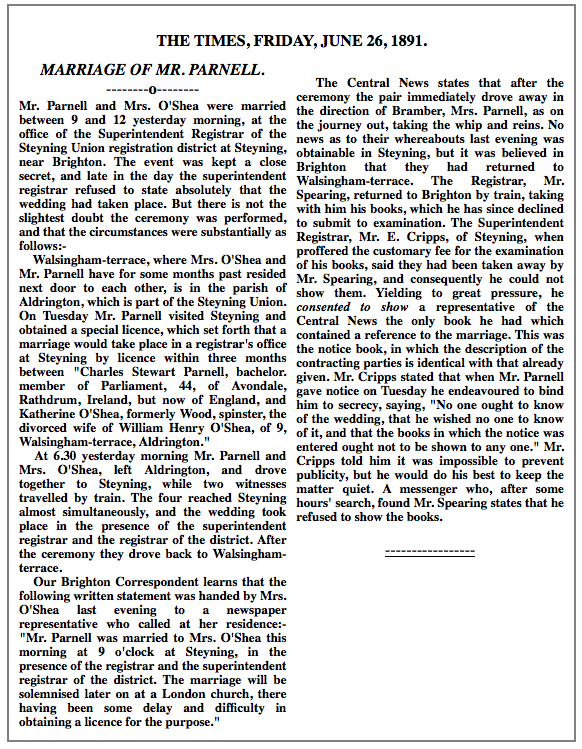
The Times was suspected of a smear campaign against Parnell, particularly after the newspaper published letters linking him to two notorious political murders in Phoenix Park, Dublin. The letters were proved to be forgeries and The Times paid Parnell damages of £5,000. The story of his affair with Katherine was at first doubted as another Times slur. The truth of it soon became all too apparent during the divorce case. On the day of their wedding, Parnell and his bride obviously didn’t want to endure the press scrums and public abuse which had plagued them for months. The Times insinuated that the marriage was indecently clandestine and certainly not a step towards respectability or the revival of Parnell’s politcal fortunes. The romance of the event was lost on his political opponents.

Margery Brady’s romantic account of the relationship is more sympathetic. Her little paperback entitled The Love Story of Parnell and Katherine O’Shea is held in Steyning Museum.
Parnell’s story had all the elements of heroic tragedy. The Irish literary movement of his time was quick to recognise it.
James Joyce wrote in his essay The Shade of Parnell:
“In his final desperate appeal to his countrymen, he begged them not to throw him as a sop to the English wolves howling around them. It redounds to their honour that they did not fail this appeal. They did not throw him to the English wolves; they tore him to pieces themselves.”

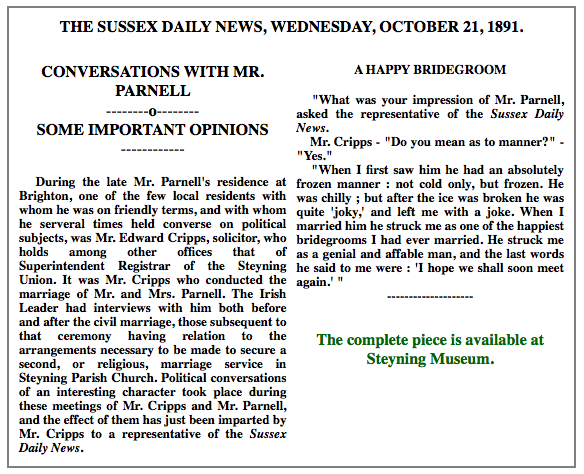
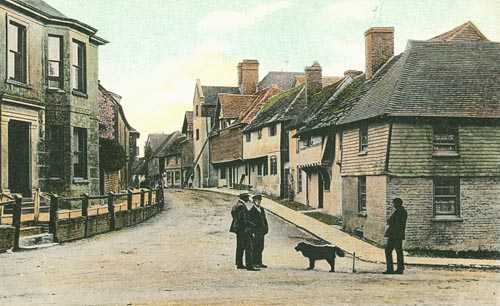
This picture is held at Steyning Museum.
Steyning Register Office, on the corner of Church Street and High Street, is now a private house. The railings and the steps, where Katherine and Charles would have alighted from their carriage, are still there and the scene looks remarkably unchanged. Between 1837 and 1935, the office served 25 parishes, including Aldrington in Hove, near Brighton, where Katherine and Charles lived at the time of their marriage.
Parnell died at Aldrington just three months later, in his wife’s arms. October 6th, the date he died, has been honoured as Ivy Day when, even today, Parnellites wear a sprig of ivy in remembrance.
Come Gather Round Me, Parnellites
By W.B. Yeats
Come gather round me, Parnellites,
And praise our chosen man;
Stand upright on your legs awhile,
Stand upright while you can,
For soon we lie where he is laid,
And he is underground;
Come fill up all those glasses
And pass the bottle round.
And here’s a cogent reason,
And I have many more,
He fought the might of England
And saved the Irish poor,
Whatever good a farmer’s got
He brought it all to pass;
And here’s another reason,
That Parnell loved a lass.
And here’s a final reason,
He was of such a kind
Every man that sings a song
Keeps Parnell in his mind.
For Parnell was a proud man,
No prouder trod the ground,
And a proud man’s a lovely man,
So pass the bottle round.
The Bishops and the party
That tragic story made,
A husband that had sold his wife
And after that betrayed;
But stories that live longest
Are sung above the glass,
And Parnell loved his country
And Parnell loved his lass.
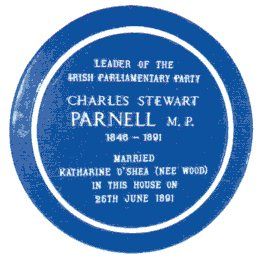
The great Irish poet, William Butler Yeats, also has a connection with Steyning. He stayed at Chantry House in Steyning with the mistress of his later years, Edith Shackleton Heald.
On Sunday, June 28th, 1998 a blue plaque was unveiled at the former Steyning Register Office to commemorate the marriage of Charles Stewart Parnell to Katherine O’Shea. There were several VIPs present, including the Irish Ambassador and members of the Parnell Society.
The brochure produced for the event is held in Steyning Museum. It states:
No one man has ever disturbed the scene of British democratic politics so profoundly as Charles Stewart Parnell.
In his maiden speech to the House of Commons in 1875 he asked: “Why should Ireland be treated as a geographical fragment of England? Ireland is not a geographical fragment but a nation”
Read more at:
Wikipedia
The Parnell Society
Ivy Day in the Committee Room (from the Dubliners by James Joyce)
